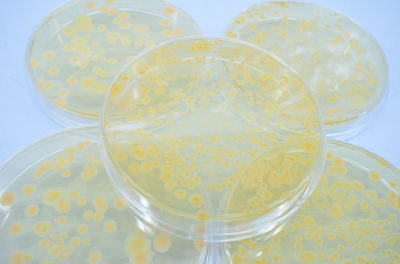Using animals for research relating to Alzheimer’s disease has proven to be difficult due to the fact that engineers have not been able to genetically alter mice to produce the tau tangles that contribute to the disease. However, researchers have overcome a major barrier that could pave the way to major breakthroughs in the field of Alzheimer’s related research. For the first time, scientists have recreated what goes on in the brains of Alzheimer’s patients in a 3D culture dish.
“In this new system that we call ‘Alzheimer’s-in-a-dish,’ we’ve been able to show for the first time that amyloid deposition is sufficient to lead to tangles and subsequent cell death,” said Dr. Rudolph at the Mass General Institute for Neurodegenerative Diseases at Massachusetts General Hospital, in a statement. In the looming question of whether amyloid plaques develop before tau tangles, or vice versa, Tanzi and his colleagues showed amyloid is the first step in the Alzheimer’s process, followed by tau tangles.
The team is hoping that creating Alzheimer’s in a petri dish will lead to breakthroughs in Alzheimer’s research. This technique also allows for research to be done quicker, as it took only six to eight weeks for the cells in the dish to form plaques and then tangles, compared to a year or so in mice.
“We can now screen hundreds of thousands of drugs in this system that recapitulates both plaques and tangles…in a matter of months,” Tanzi said. “This was not possible in mouse models.” In addition, the method makes it possible to test drug compounds at one-tenth the cost of evaluating them in mice, he said.
Resource: http://time.com/3502215/this-alzheimers-breakthrough-could-be-a-game-changer/




